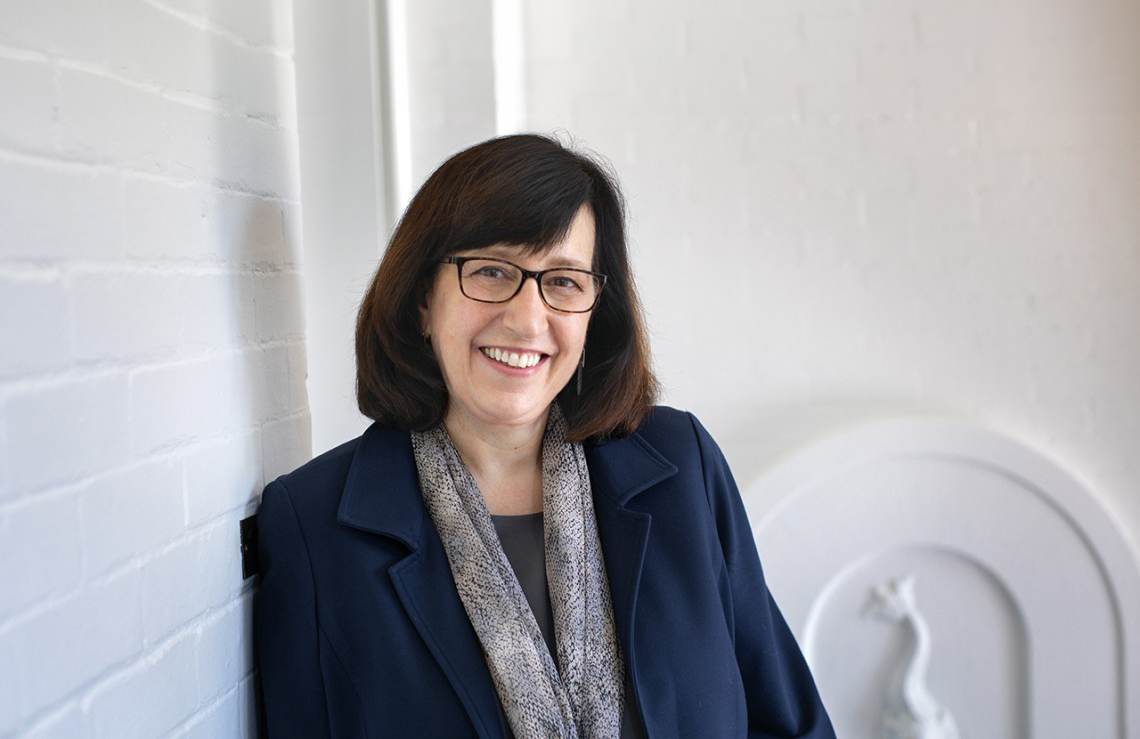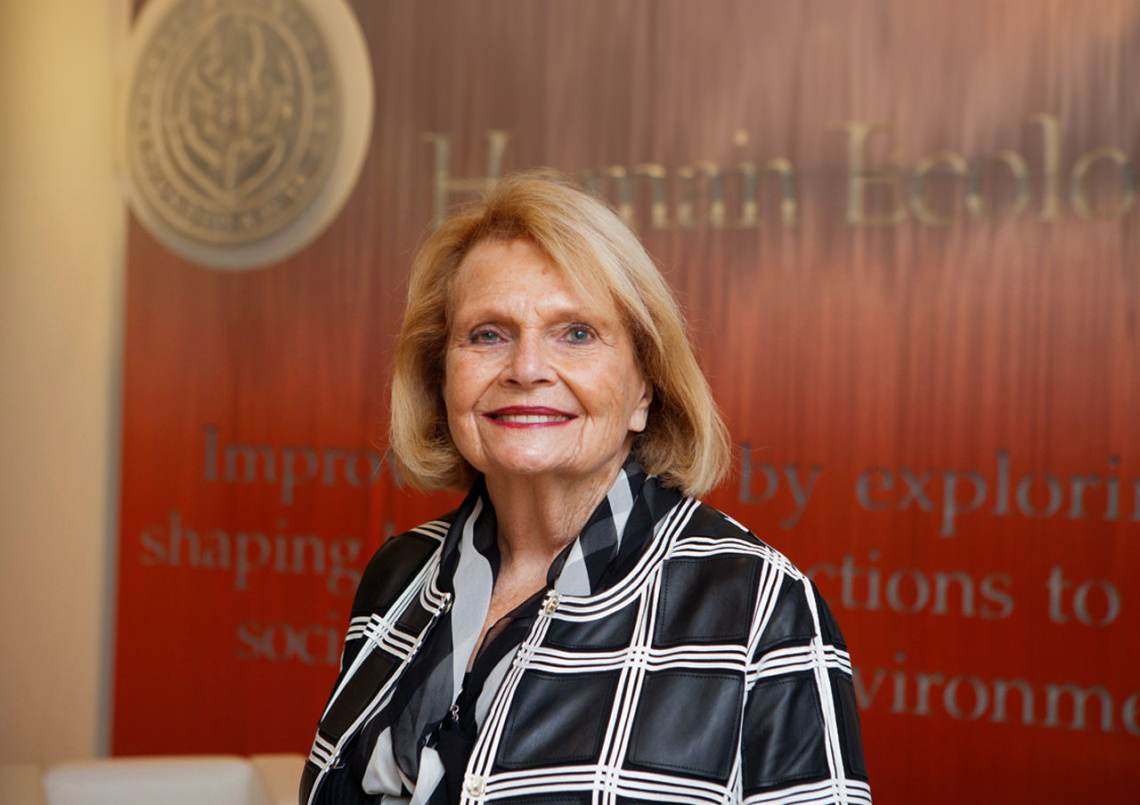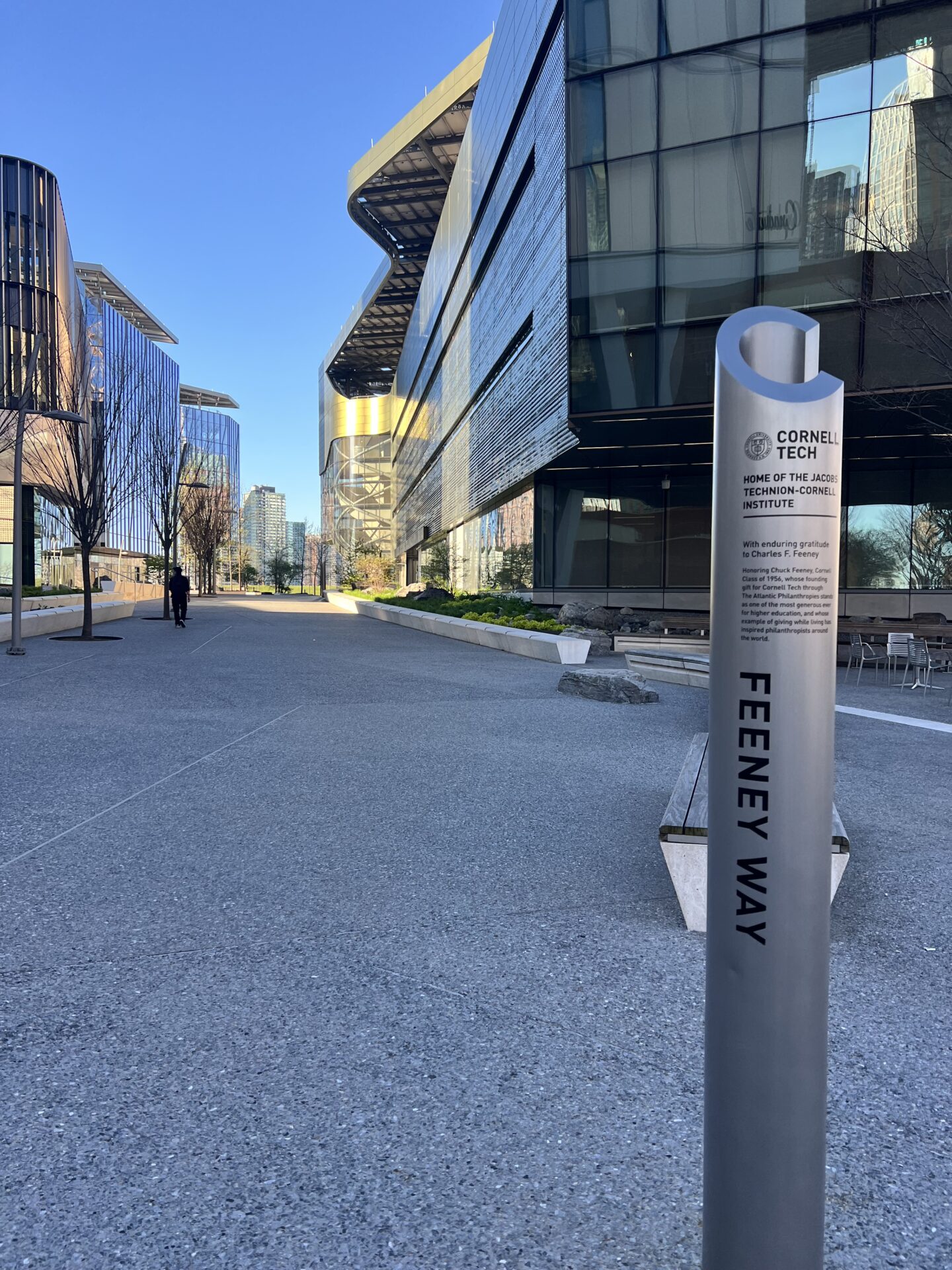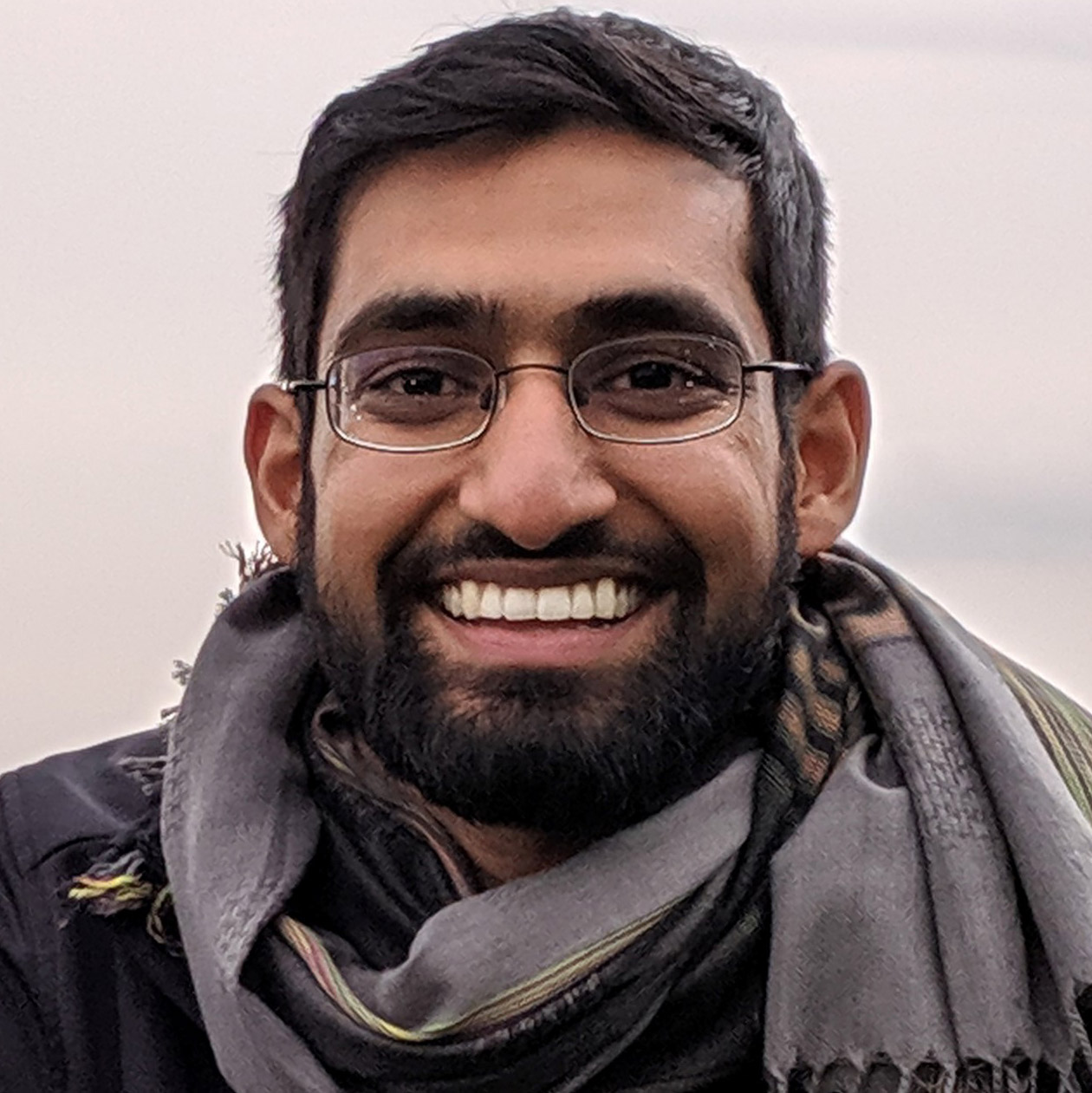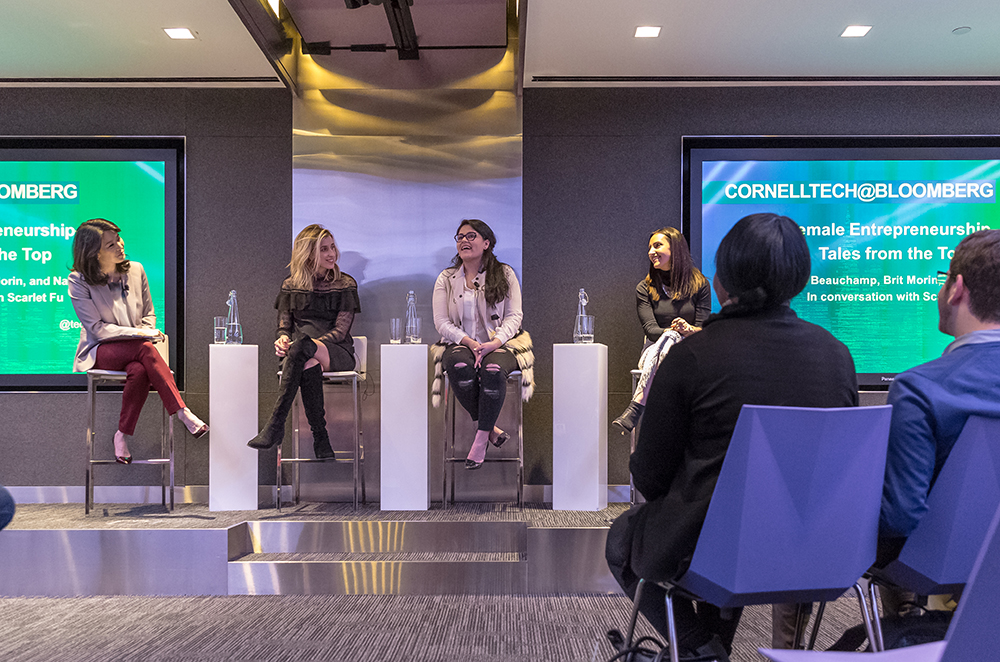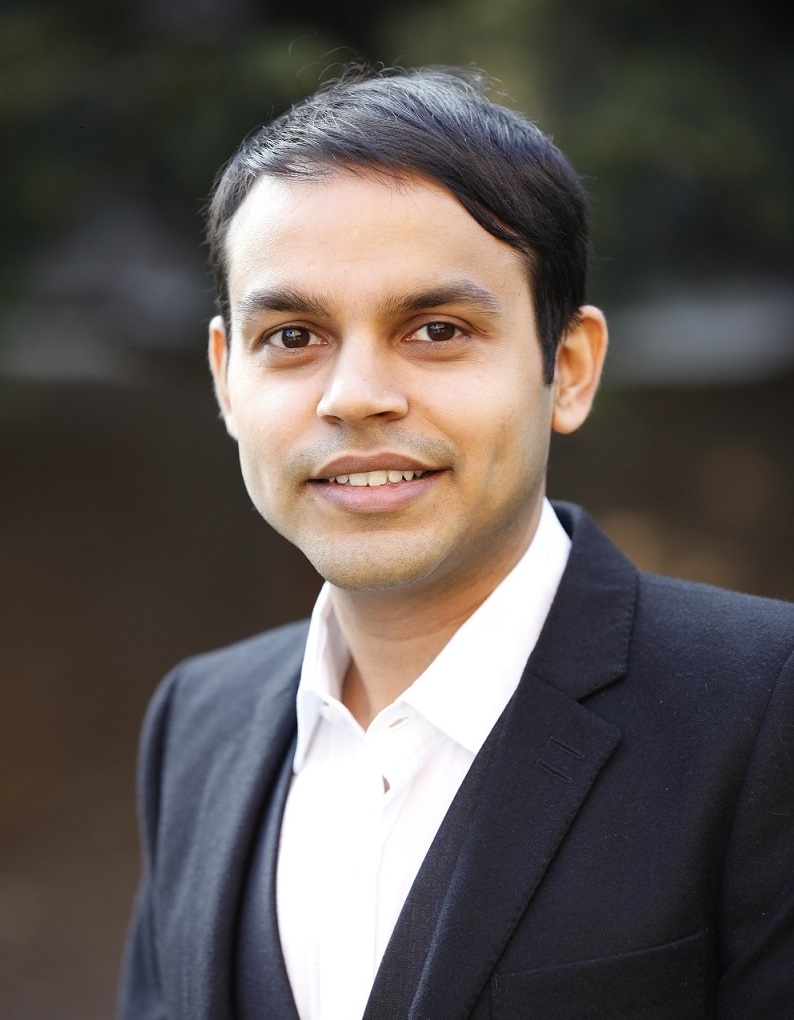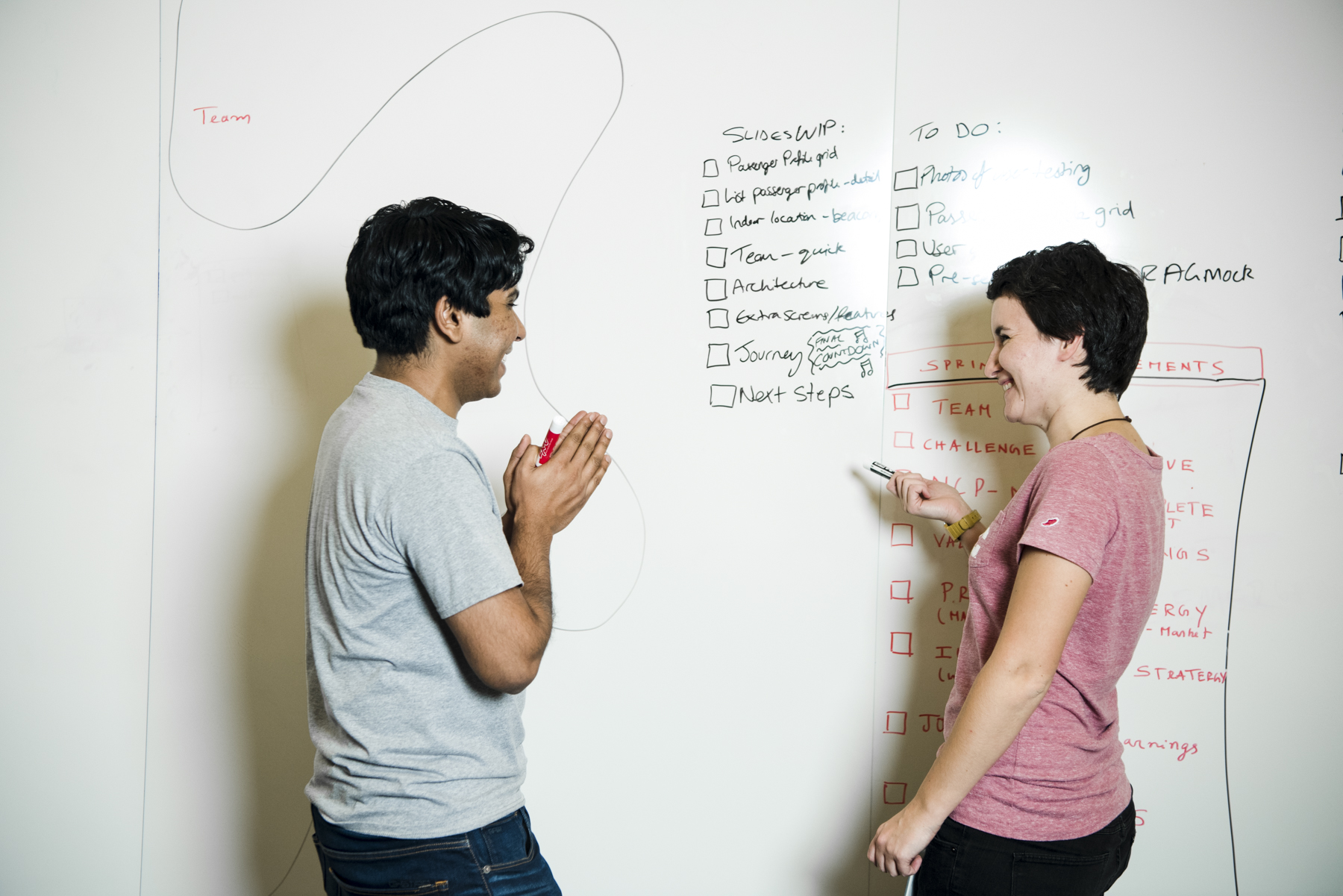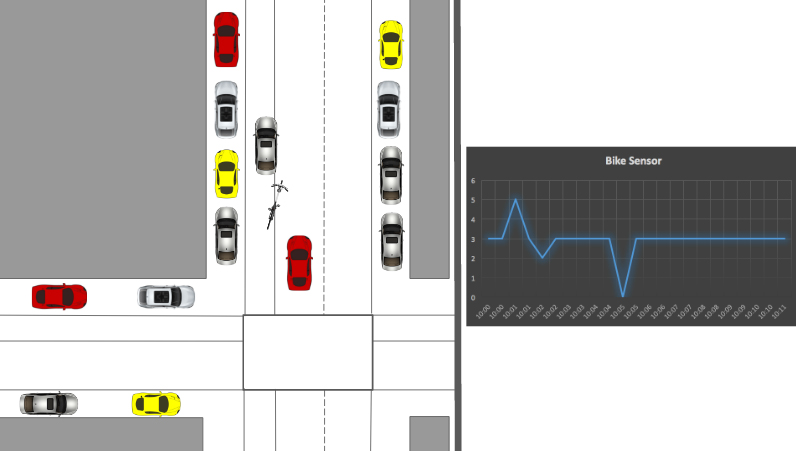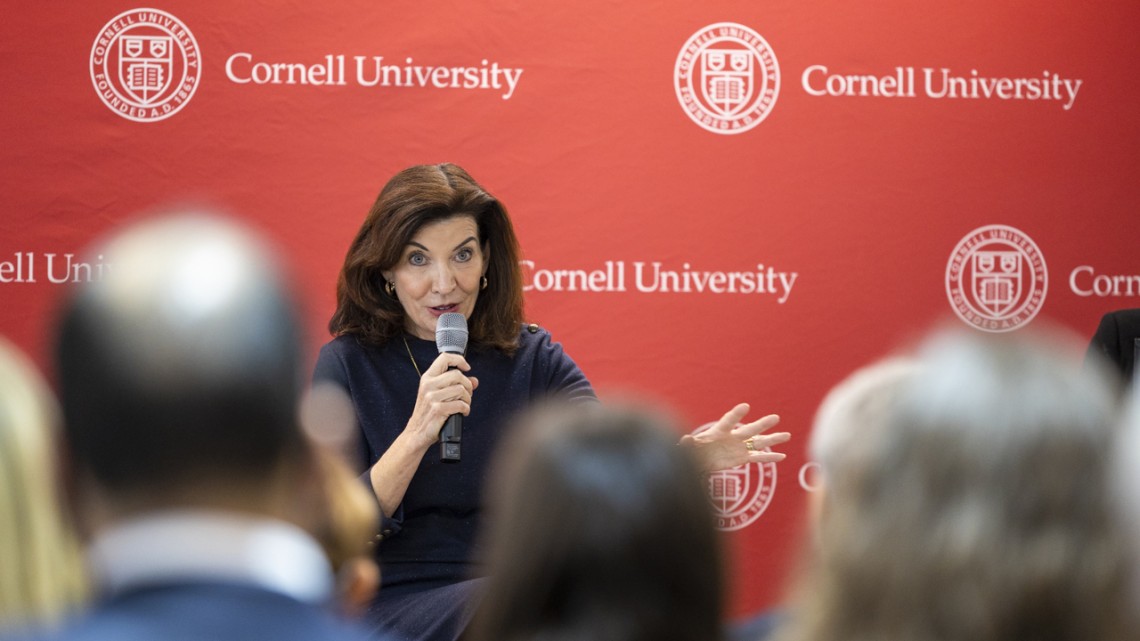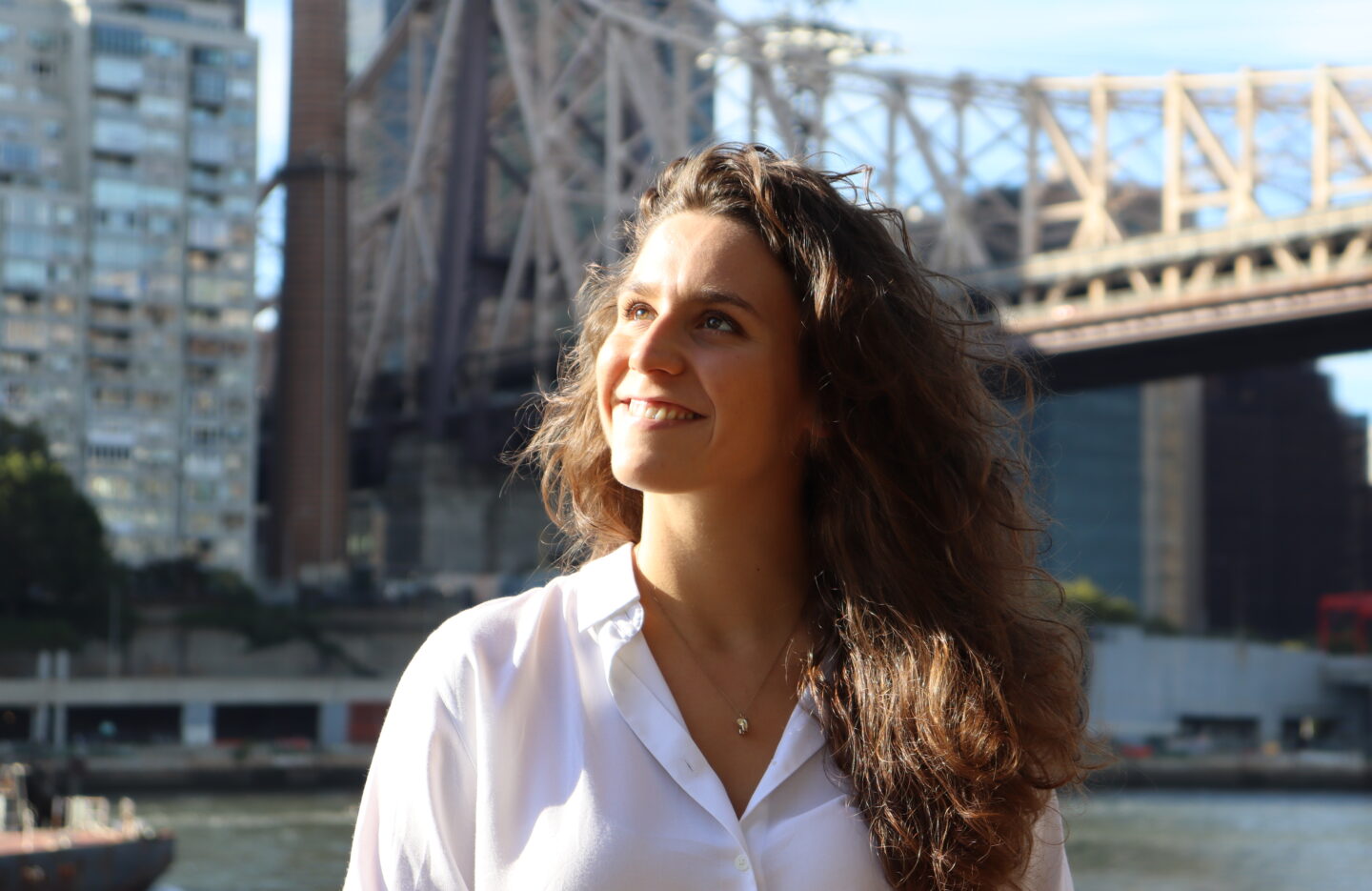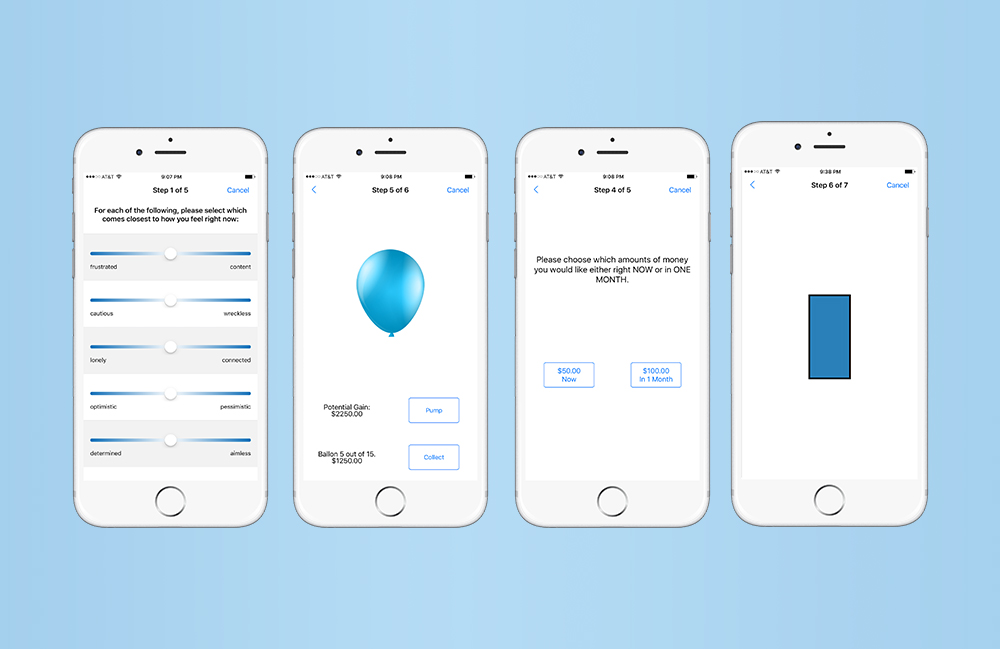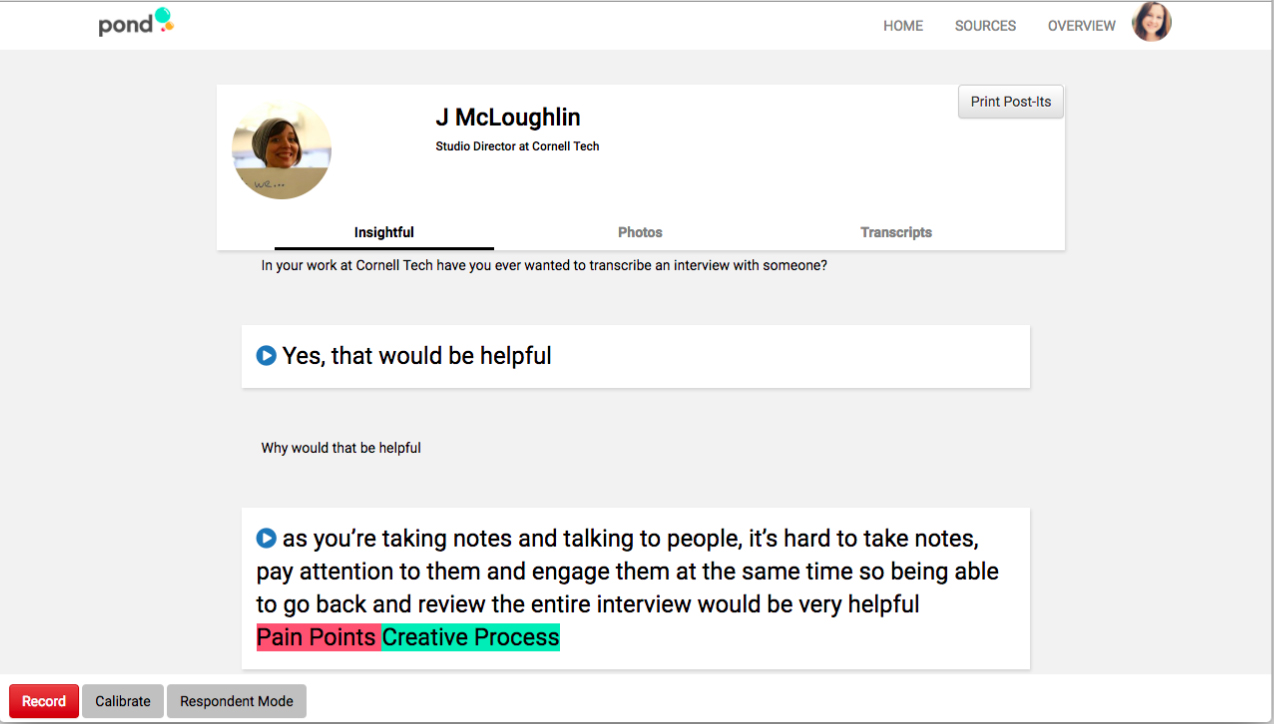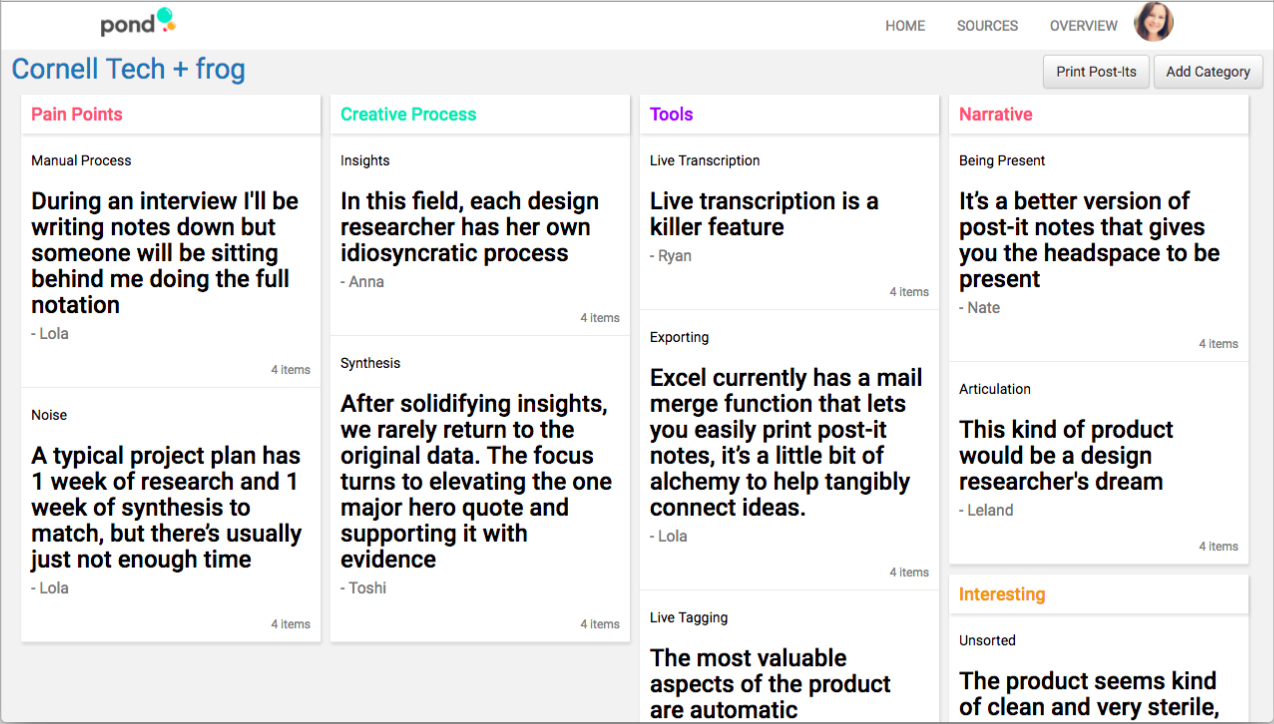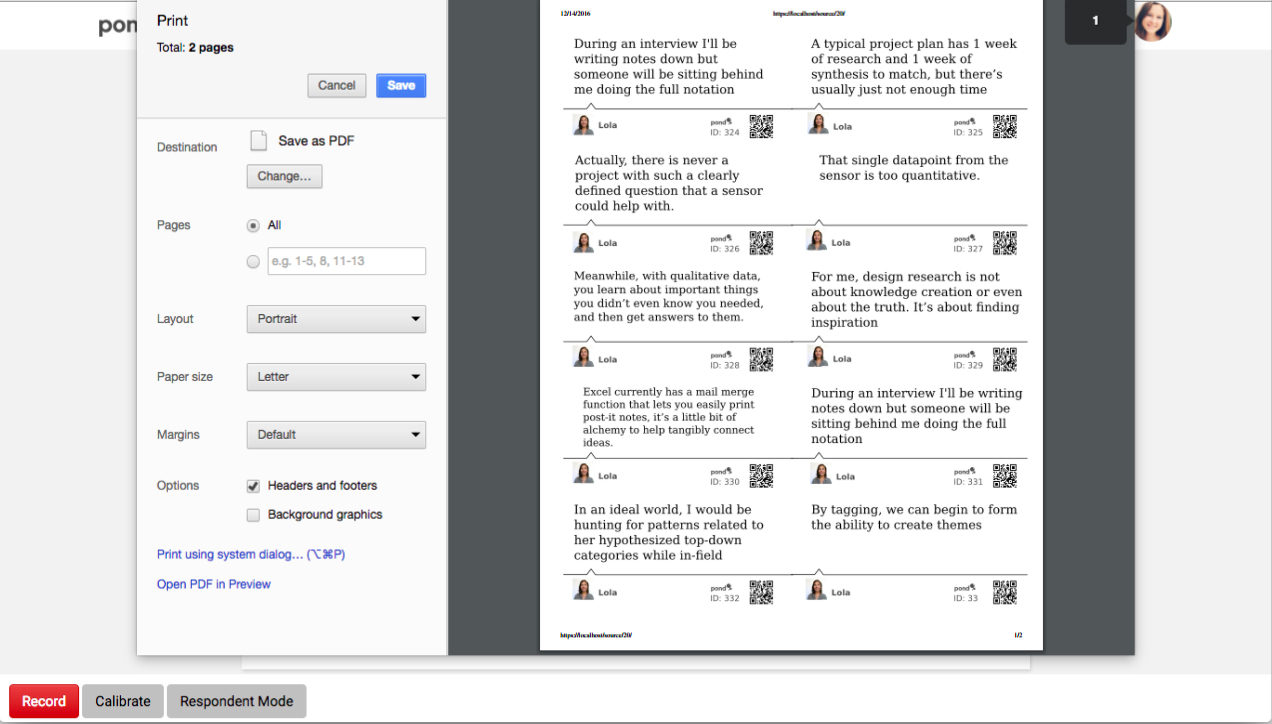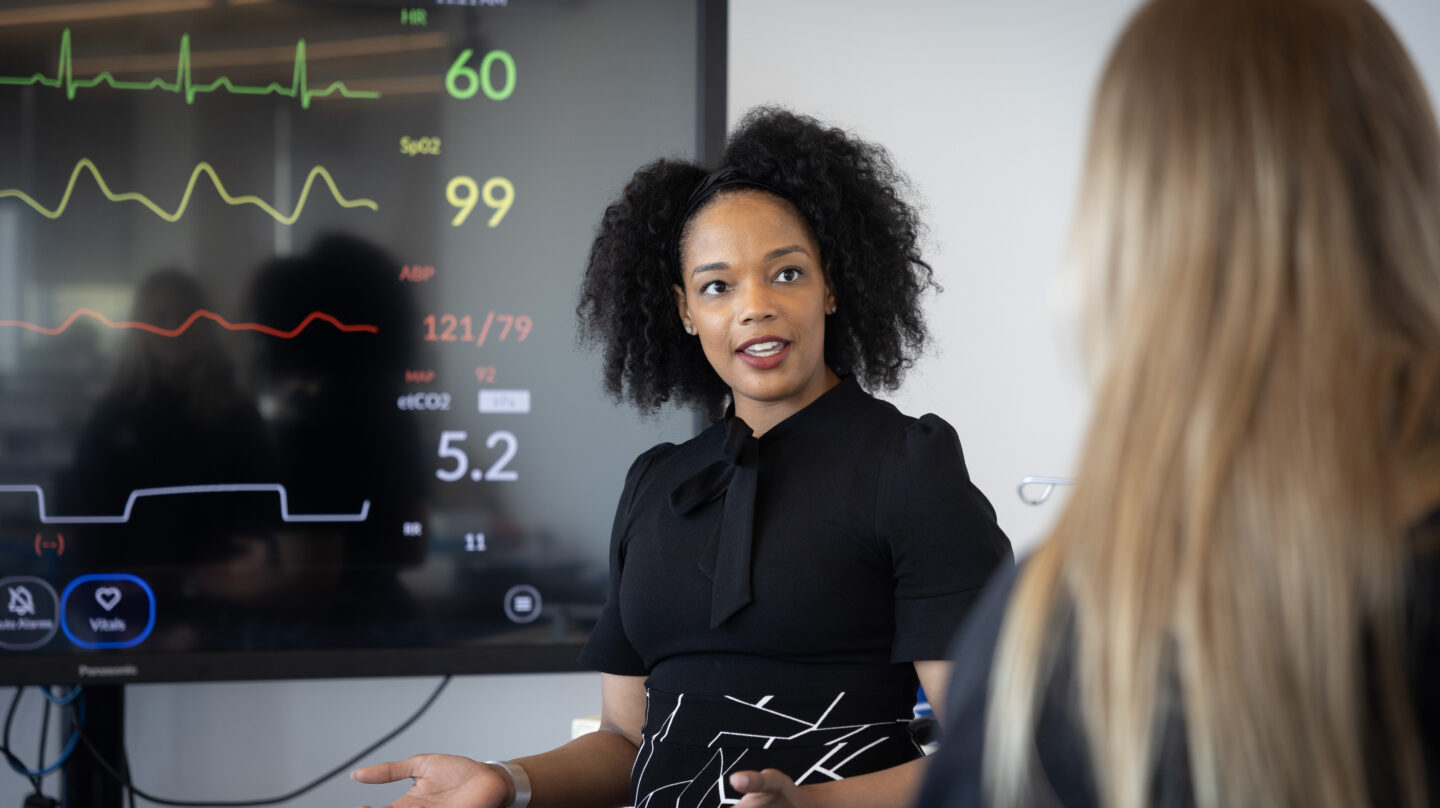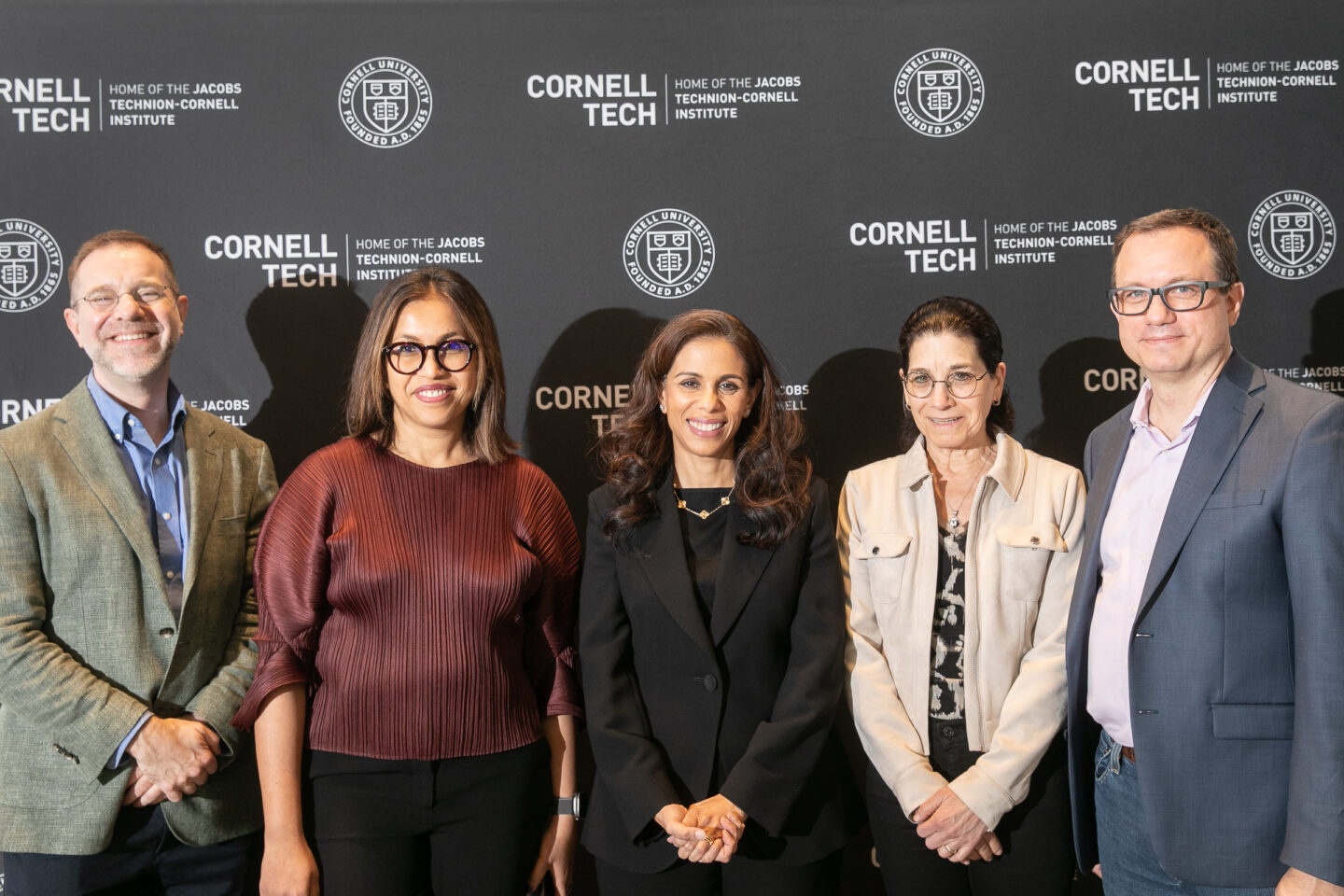At the Intersection of Society, Tech and Entrepreneurship
Categories

Diverse beginnings and interests often lead to innovative ideas.
Steve Jobs took a calligraphy class with Robert Palladino at Reed College in Portland, Oregon. In 2005, Jobs explained to a graduating class at Stanford that this class inspired him while he developed the Macintosh computer, which was the first computer to utilize such an array of beautiful typography.
Today, students are still finding inspiration in varied paths. With backgrounds ranging from mathematics to biology or English, the Connective Media program at the Jacobs Technion-Cornell Institute attracts curious students who are often fascinated by a number of subjects. They want to use a range of ideas to lay the foundation for the next generation of people-driven technologies.
Current Cornell Tech Connective Media student Hannah Xue ’17 recently completed a project that reimagined the user interface of a self-driving car. Xue and her project partner read a number of sociology studies to better understand the human psyche and how the brain learns to trust something. They then integrated that research into their interface so drivers feel more comfortable letting a car drive itself.
“I was always interested in psychology, design and computer-human interaction,” said Xue. “I didn’t want to do a traditional computer science masters degree; I wanted to be able to incorporate other things I’ve learned.”
Xue chose Cornell Tech in part because she grew up in a big city — Shanghai — and completed her dual undergraduate degree in psychology and computer science in Beijing. She spent a summer interning with Google in their Mountain View office, and realized she loved the energy and dynamic lifestyle that cities offer.
“Before coming here, I wanted to explore ideas outside of computers to see how other systems work,” said Xue. “At Cornell Tech, I was able to get an internship at The New Museum at the recommendation of one of my professors, and it was a really great surprise.”
Because the school and its professors are well established within New York City, Xue said it made it a lot easier to explore many different applications for computers. “We’ve visited Twitter and The New York Times,” said Xue. “It’s really nice to go to different companies, almost on a weekly basis, and meet people who might one day further our careers.”
Some students feel as though they’d like to expand upon their undergraduate computer science degree.
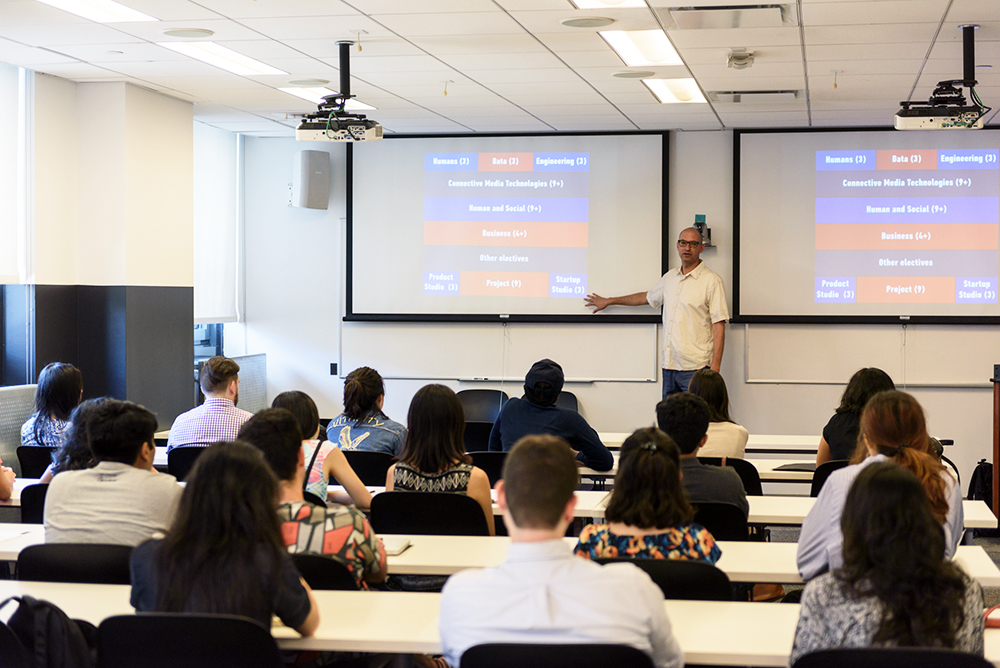
Associate Professor Mor Naaman talks to Connective Media students.
Connective Media student Harrison Gregg ’17 mentioned that as an undergraduate student, he didn’t have access to courses to contextual his computer science education. “At Cornell Tech, I’ve learned how to think about computer science and software engineering not just technically, but within a larger societal context.”
Smaller discussion-based classes, Gregg said, help him consider important practical and theoretical concerns relevant to software engineering. “I wanted to learn how to create technology that has a positive social impact on the world.”
The Connective Media program, Gregg explained, forms conscientious engineers—a designation that could also be noted of his peer, Roy Cohen ’18.
Cohen is a film director and producer whose first feature documentary, The Machine of Human Dreams, premiered in 2016 at many film festivals. The film follows an artificial intelligence scientist who works in Hong Kong and on an intelligent toys for children.
“It was a very in-depth portrait of one of the most brilliant people I’d ever met,” said Cohen. “After I finished the film, I realized that I was interested in different types of media. I wanted to be able to interact with the audience in nonlinear ways.”
Cohen said he visited Cornell Tech and felt right at home with the collaborative student community on campus. “For creative industries and media, this was the diverse scene that I wanted to be a part of—it’s not focused on a specific industry.”
Even for students with experience in different industries, the program represents a way forward. “I had a startup with a friend that didn’t work out during my senior year of undergraduate,” said current Connective Media student Evan Kesten ’18.
Kesten then went to a major manufacturer and worked on software for few years to try out different areas of the company. Kesten said he wanted to experience a wider range of applications for his work, though, and started to look for graduate programs that could address that.
“I took a security workshop at Cornell Tech and just loved the environment,” said Kesten.” I had never been somewhere where there’s so much collaboration between business students and computer science students—usually they’re at opposite ends within a lot of universities.”
Being in a place that openly allows conversations between different programs and encourages projects between them is phenomenal, said Kesten. “No matter what you do, you work with everyone in the Connective Media program. It makes you more well rounded.”
Media Highlights
Tech Policy Press
Content Moderation, Encryption, and the LawRELATED STORIES
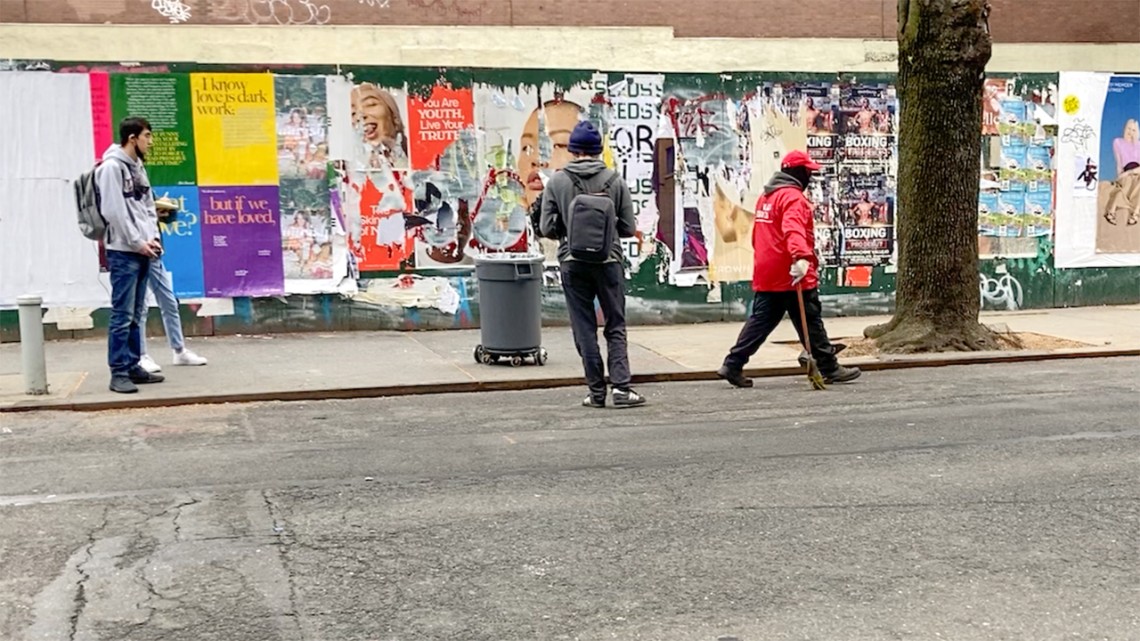


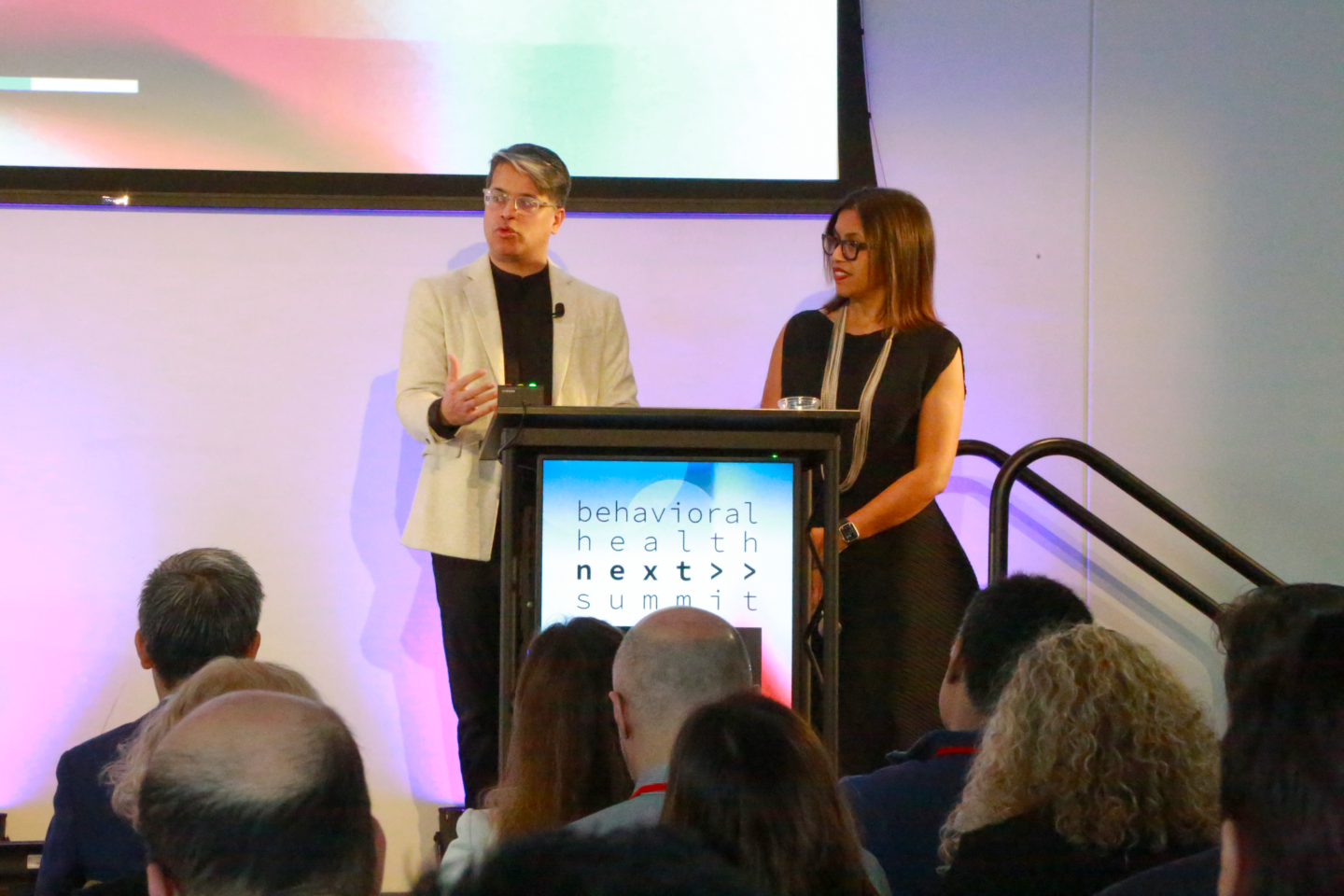


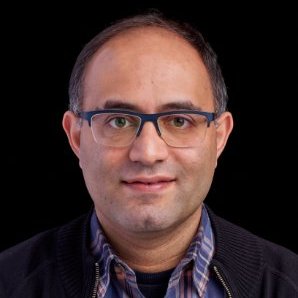 Sadighian manages a team of scientists at Amazon’s Inventory Planning and Control (IPC), part of the Supply Chain Optimization Technologies team (
Sadighian manages a team of scientists at Amazon’s Inventory Planning and Control (IPC), part of the Supply Chain Optimization Technologies team (






